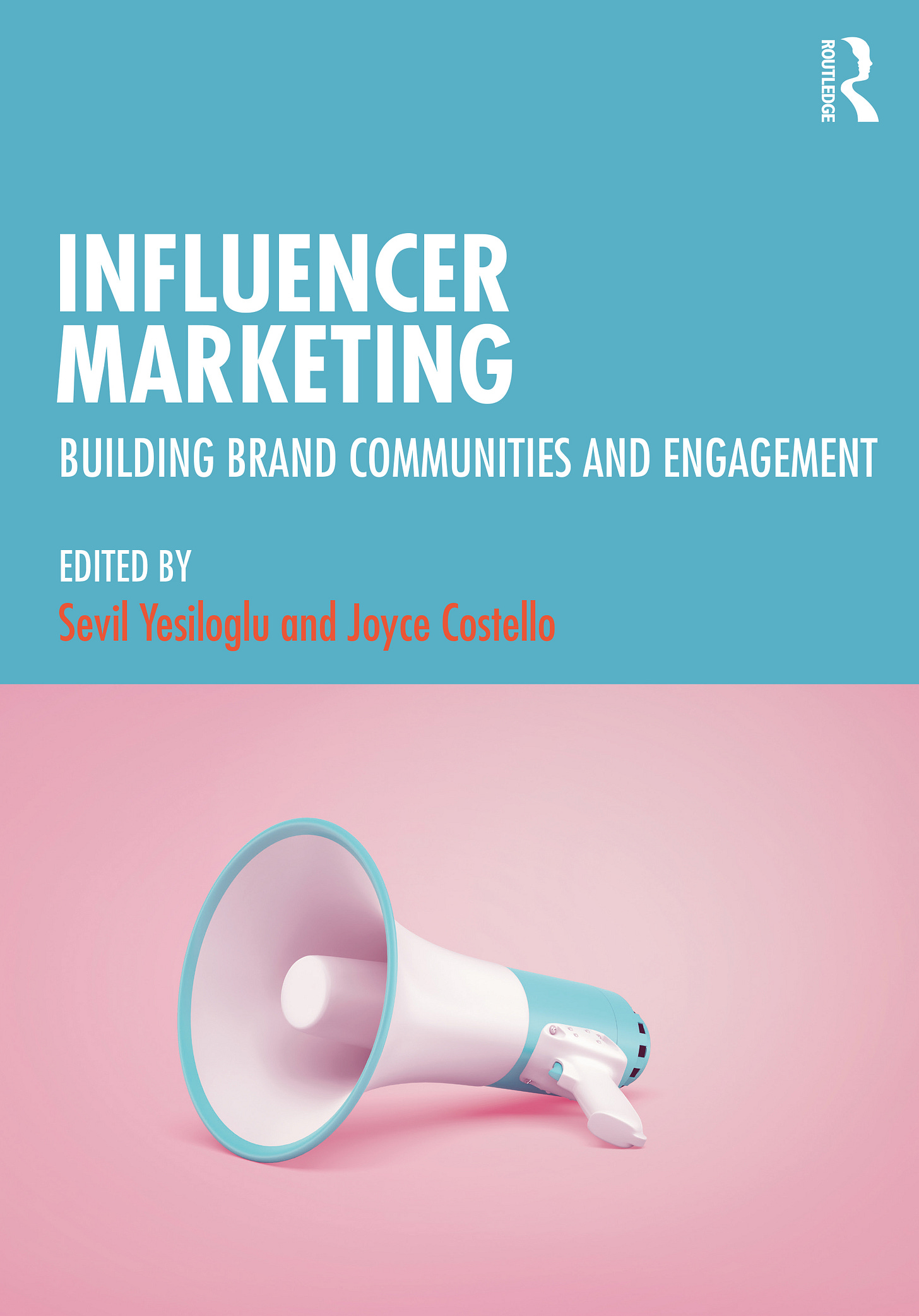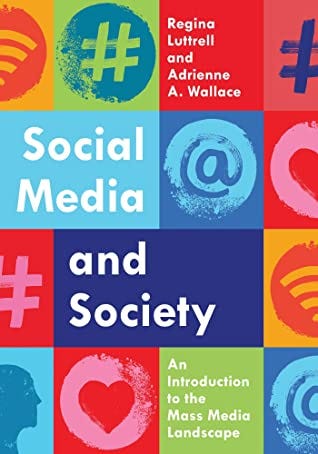Social Media Influencing has matured into a billion-dollar industry
A decade into the the new industry, marketing textbooks covering social media influencers are here
If a consumer has “broken up” from the parasocial relationship with an influencer, that influencer promoting a brand or a product could result in a negative impression of that brand or product in the eyes of the consumer, as it is an endorsement coming from “an ex.”
The “Gen Z” - in control of the parasocial friendships with influencers
Elina Närvänen, Tytti Kirvesmies and Elina Kahri contributed the chapter 7 Parasocial relationships of Generation Z consumers with social media influencers1 to Influencer Marketing: Building Brand Communities and Engagement (Routledge), edited by Sevil Yesiloglu and Joyce Costello.
Previous studies have not examined how parasocial relationships evolve and develop, according to Närvänen et al. They see a need for the influencer to be constantly monitoring their followers’ reaction to their content, to make necessary changes to content in order to avoid parasocial break-ups. The writers suggest influencers and their agendies could for instance use the findings to plan surveys to find out more about the followers’ experience.
The managerial implications for the brands and agencies are that not all followers are impacted as deeply by a given incfluencer. The followers decide the nature of each parasocial relationship, which can be casual, a close or an ended friendship.
What do influencers focus on with brands?
According to Yesiloglu and Costello, influencers focus on
increasing their number of followers, increasing product knowledge among those followers, (resulting in brand awareness), and influencing their followers’ purchase intention or purchase decision (awareness resulting in action).
Since influencers started becoming an important part of marketing and advertising strategies in different industries, Karen Freberg et al2 define them as “a new type of independent third party endorser who shape audience attitudes through blogs, tweets, and the use of other social media”, the coursebook cites.
Written for professionals in marketing and communications, agencies or brands, the practitioners benefit of the up-to-date scholarly contribution. For those aspiring to become influencers themselves, this textbook provides a solid theoretical understanding of the field.
Beginner: Read this first
Another textbook to check out is Social Media and Society: An Introduction to the Mass Media Landscape written by Regina Luttrell and Adrienne A. Wallace is highly readable for students and everyone looking to understand the evolving digital media landscape.
The the clear structure and the down-to-earth thinking assignments at the end of each chapter and make this a great beginner level textbook to the emerging field of influencer marketing.
Influencer marketing industry to reach 10 billion
In Finland, the size of the influencer industry was estimated for the first time by Kantar and IAB and valued at nearly 28 million euros for 2020. The number contains brands’ marketing spend to both social media influencers and their agencies. For that reason, the amount is not easily comparable with the yearly media advertising amounting to 1,3 billion euros in 2020 in Finland3.
The value of the entire mass media market in Finland was just under four billion euros in 2019.4
Globally, influencer marketing is estimated to grow to over 11 billion euros in 2021, according to Influencer marketing hub.
Elina Närvänen, Tytti Kirvesmies and Elina Kahri, Parasocial relationships of Generation Z consumers with social media influencers. Published in Yesiloglu, Sevil and Costello, Joyce (editors) (2021). Influencer Marketing: Building Brand Communities and Engagement. Routledge.
Karen Freberg, Kristin Graham, Karen McGaughey, Laura A. Freberg, Who are the social media influencers? A study of public perceptions of personality, Public Relations Review, Volume 37, Issue 1, 2011
https://www.kantar.fi/uutiset/mediamainonta-2021-ensimmaisella-kvartaalilla
Statistics Finland, Mass media and cultural statistics.





